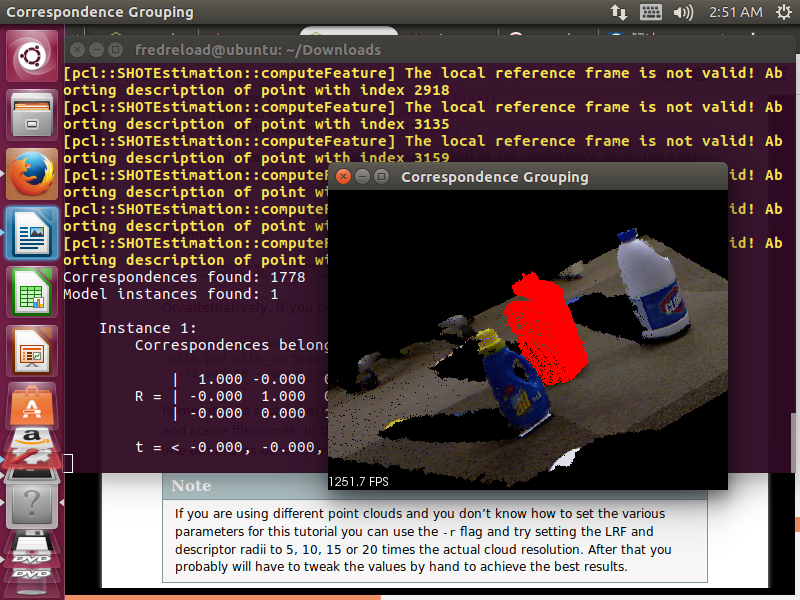3d data recognition
I want to know the algorithm that I can apply to 3D data and I would be able to recognize the objects inside. For instance if I use a laser scanner for my room to generate a 3D data chunk and the object is separated either by its reflection or edges. So for instance if I found an object with many pages I would recognize it as a book, if I find a chair object I would recognize it as a chair and so on. Is there an algorithm for me to do this? It would be used for DNA nucleotide identification(ACGT).
It is even better if it is an Opencv program I can work on. Thanks



Can you explain relationship between "DNA nucleotide identification(ACGT)" and chair ?
Well, my original intention is to identify the DNA nucleotide based on the protein structure. Any hint would be helpful
Can you give a reference of 3d DNA data ?
Something from the Wikipedia https://en.wikipedia.org/wiki/Nucleobase (page), check out the pictures on the right for adenine, guanine, etc. Well, the real in vitro scan might not look exactly as is, I am speaking about it theoretically. But it is alright to prepare if someone ever makes a DNA structure scan.
Opencv is mainly used for 2D image processing. You can read this tutorials may be it can help you
Hmm, what software would you recommend for 3D data recognition?
sorry no experience => google
How about an algorithm?
try http://pointclouds.org/documentation/...
how do you even plan to get 3d data from your nucleotides ? you probably can't scan them with a laser ?
Berak: Long time no see. I have a theoretical idea presented here. Be sure to check the comments I posted. You are on the right track with a laser, after you laser scan the object it would reflect the electrons and you magnify it with a lens like this. It is theoretical because lens magnification seems like magic to me lol, but hey no ones ever tried to magnify the laser scanning technology with a lens, it's used in an electron microscope though Leberge: I got it to work, lots of version changes there and I had to create a swapfile but it looks cool, got other point cloud files .pcd I can test out?
Well, I dunno mate, I tried to email MuAnalysis, the one with an electron laser scanner based on the intensity, but they did not reply to me. I'll hope they create a better design with my method
Anyway, no hard feelings :D